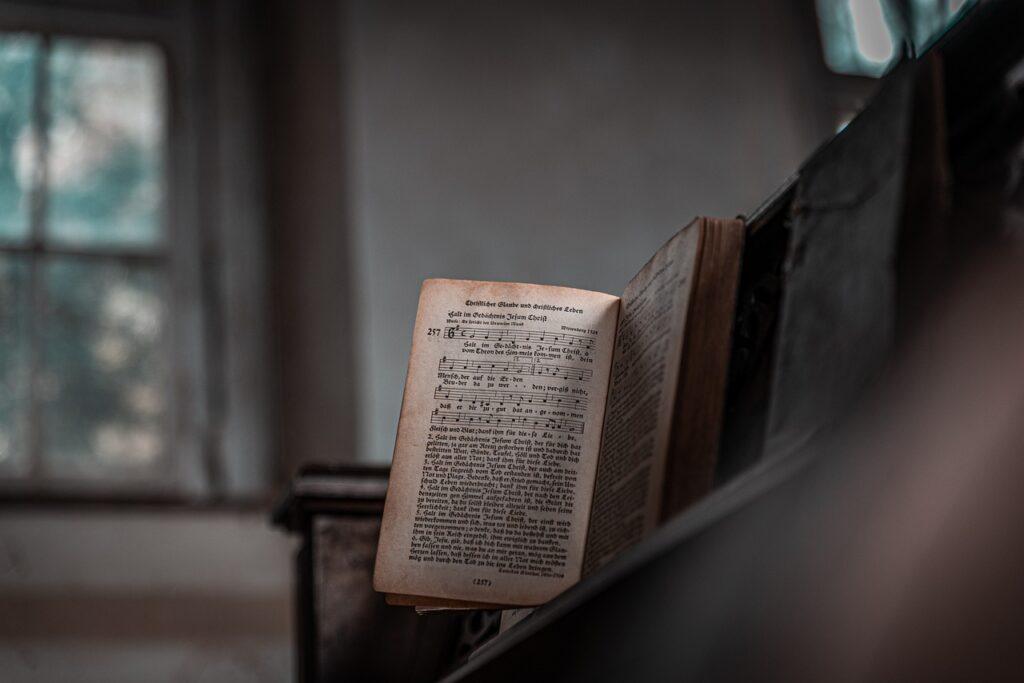Today marks a milestone for me: 600 days of blogging “The Successful Music Student!” If you want to read or sight sing music, sing in tune, write better songs, or finally get your guitar or keyboard in tune, the blog has just what you need. Estimated reading time 1 minute.
Read More

